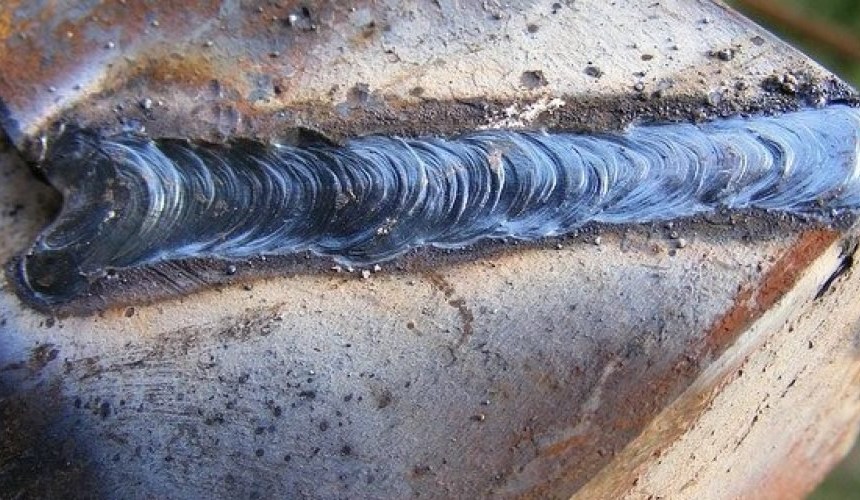Mastering the Art of Welding: Just How to Prevent Undercut Welding Issues for Flawless Fabrication Results
By understanding the origin causes of undercut welding and implementing reliable methods to prevent it, welders can raise their craft to new levels of quality. In the search of flawless manufacture results, understanding the art of welding to avoid undercut concerns is not simply an ability but a necessity for those making every effort for perfection in their work.
Comprehending Undercut Welding

To avoid undercut welding, welders must guarantee proper welding specifications, such as adjusting the existing, voltage, traveling speed, and preserving the correct electrode angle. By understanding the causes of undercut welding and applying preventive actions, welders can accomplish top quality, structurally sound welds.
Reasons of Undercut in Welding
Recognizing the factors that add to undercut in welding is vital for welders to produce high-grade, structurally sound welds. Damaging happens when the weld steel does not effectively fill the groove created between the base steel and the formerly transferred weld metal. Several aspects can bring about damage in welding. One usual cause is extreme warmth input. Welding at heats for extensive durations can result in the base steel melting more than wanted, leading to damage. Insufficient welding current or incorrect welding speed can additionally add to damage. Inadequate current might not supply sufficient warm to melt the base and filler metals properly, while excessive rate can protect against appropriate combination, causing undercut. Additionally, inappropriate electrode angles or inaccurate torch adjustment techniques can create areas of low weld steel deposition, advertising undercut. Understanding these reasons and executing correct welding methods can help protect against undercutting issues, ensuring sturdy and strong welds.
Methods to Prevent Undercutting

To mitigate the danger of undercutting in welding, welders can use calculated welding methods targeted at boosting the high quality and integrity of the weld joints. One efficient approach is to readjust the welding criteria, such as voltage, current, and travel rate, to make sure appropriate warmth input and deposition. Keeping an ideal electrode angle and ensuring consistent travel speed can likewise assist my site stop undercut. Furthermore, using the right welding method for the certain joint setup, such as weave or stringer beads, can contribute to reducing undercutting. Preventing weld undercut.
Using back-step welding techniques and managing the weld grain profile can additionally help disperse heat uniformly and minimize the danger of undercut. Normal inspection of the weld joint throughout and after welding, as well as applying top quality assurance actions, can aid in attending to and detecting undercutting problems without delay.
Significance of Appropriate Welding Parameters
Choosing and keeping appropriate welding parameters is necessary for attaining successful welds with very little issues. Welding criteria refer to variables such as voltage, current, travel speed, electrode angle, and securing gas circulation rate that directly impact the welding process. These specifications have to be thoroughly changed based on the sort of material being welded, its thickness, and my site the welding method utilized.
Appropriate welding specifications make certain the correct amount of heat is put on melt the base metals and filler material uniformly. If the parameters are established expensive, it can result in excessive heat input, causing distortion, spatter, or burn-through. On the other hand, if the parameters are too reduced, incomplete fusion, absence of infiltration, or damaging may occur.
Quality Control in Welding Procedures

Verdict
In final thought, understanding the art of welding needs a thorough understanding of undercut welding, its causes, and methods to avoid it. By making sure proper welding parameters and implementing quality assurance methods, flawless fabrication results can be accomplished. It is necessary for have a peek at this website welders to consistently pursue quality in their welding operations to avoid undercut problems and produce high-grade welds.
Undercut welding, an usual problem in welding procedures, takes place when the weld steel does not properly fill the groove and leaves a groove or depression along the bonded joint.To protect against undercut welding, welders need to make sure appropriate welding criteria, such as changing the existing, voltage, travel speed, and preserving the appropriate electrode angle. Poor welding current or wrong welding speed can additionally contribute to damage.To alleviate the risk of damaging in welding, welders can utilize calculated welding methods aimed at improving the quality and stability of the weld joints.In conclusion, mastering the art of welding needs a thorough understanding of undercut welding, its causes, and strategies to stop it.